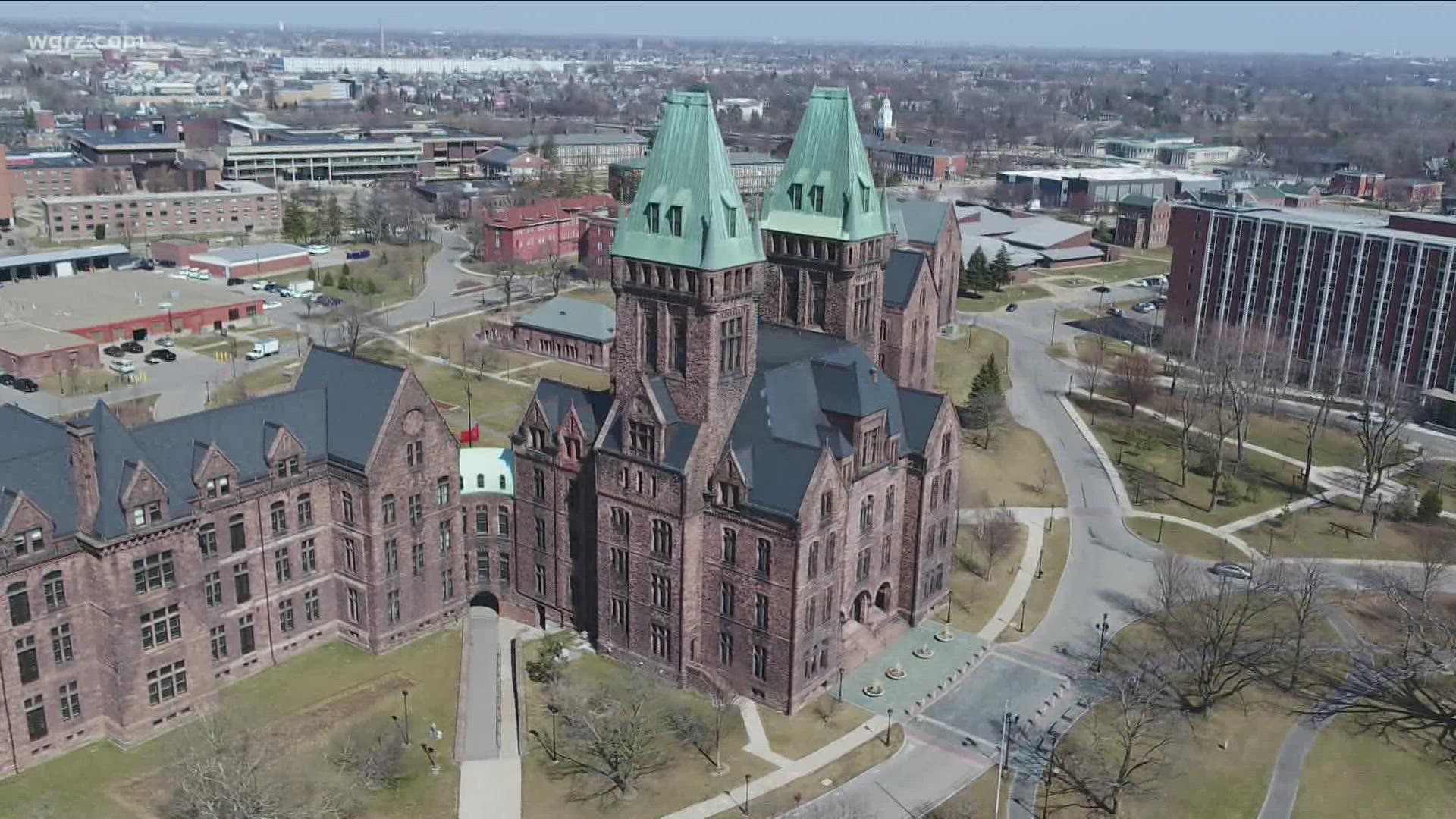BUFFALO, N.Y. — On April 26, we celebrate the 200th birthday of one of the people who literally shaped an important part of our community, the man behind the parks system, Frederick Law Olmsted.
It was Olmsted's vision that is still with us when we enjoy places like Delaware Park or one of the many parkways that link the parks. What you may not know is that Olmsted's expertise was also used to help those with mental illness.
"Frederick Law Olmsted believed in an idea called unconscious influence, so what he believed was the environment in which people lived had an impact on their mood, on their mental health," said Mark Saglian, a docent at the Richardson Olmsted Campus.
While we remember Olmsted for his parks, We also remember his connection to the historic Forest Avenue campus. Olmsted came to Buffalo in 1868 to design the parks, but was soon after enlisted by Henry Hobson Richardson to design the landscape for the soon-to-be opened-Buffalo State Asylum for the Insane.
"The idea was to provide fresh air, sunshine, greenery, natural spaces to unbend, and this was his term to unbend the mental faculties of persons who were influenced negatively by their environment in the city," Saglian said.
The campus opened in 1880, and was considered state of the art, not only for it's treatment methods but also the design of the grounds, which even included a farm, and were as much a part of the therapy as anything going on inside.
"He planned out the placement of all the trees and all the shrubs on the grounds he planned out all of the walkways all of the pathways around the building itself," Saglian said.
Today with repurpose efforts continuing at the campus, Saglian adds that recapturing the landscape design goes hand-in-hand with restoring the buildings, just as it did in the original design work.
"Henry Hobson Richardson did for the inside of the building what Olmsted was doing for the outside," Saglian said.

